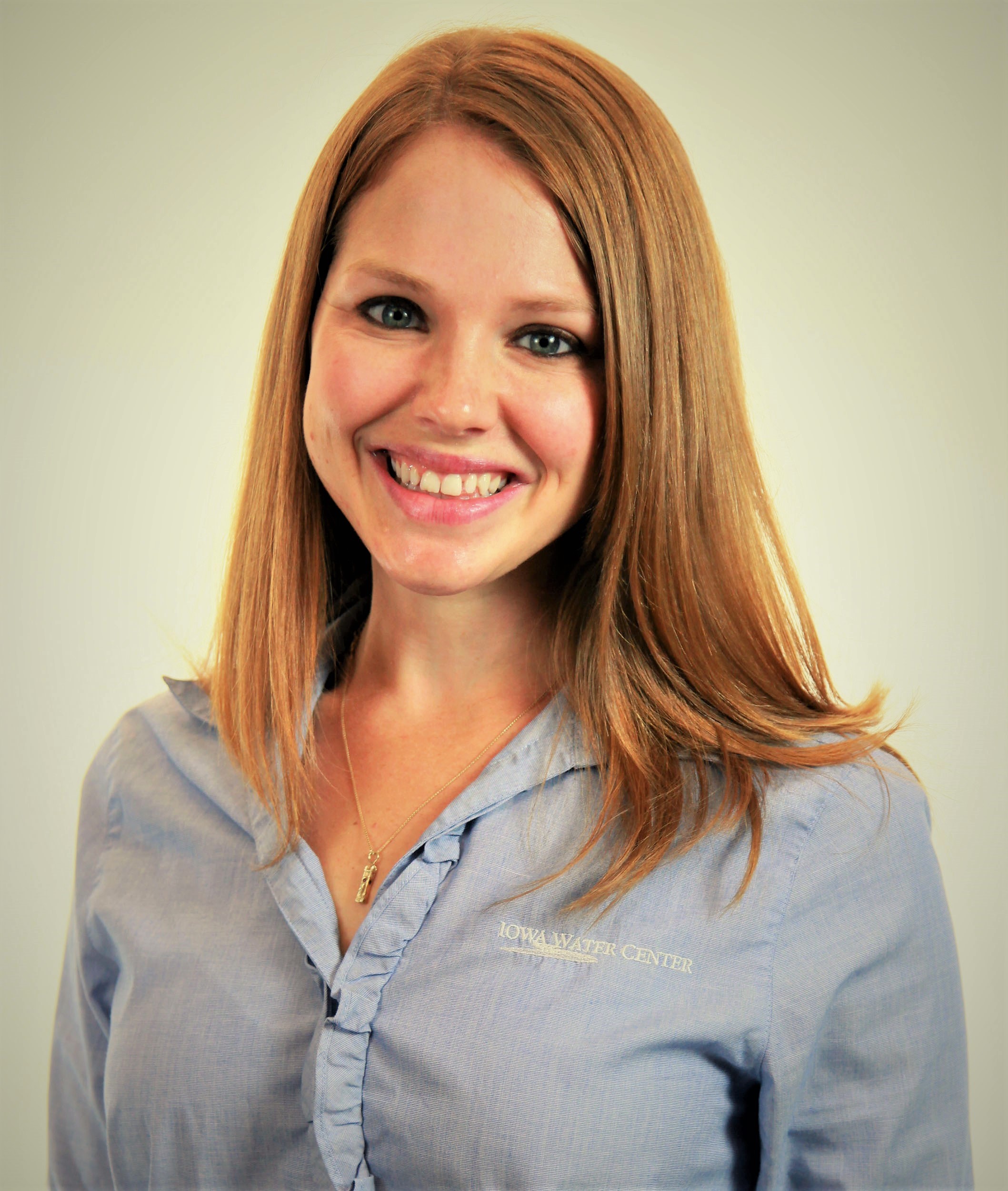In September, Iowa Water Center staff were spread across the state to attend the fall meetings of several Watershed Management Authorities (WMAs). One of these meetings was the North Raccoon Watershed Management Coalition (NRWMC), held on September 20th in Lake City, Iowa (whose town welcome sign proudly proclaims they have “everything but a lake!”).
The nine different watersheds in the Iowa Watershed Approach started at varying stages of WMA development. North Raccoon was one of those in the beginning stages that did not have a WMA prior to the Iowa Watershed Approach start date. The 28E agreement was filed in the spring of 2017, and this was the second quarterly meeting since that time. Because the group is so new, the topics touched on at this meeting may be helpful to other newly forming WMAs, whether they are part of the Iowa Watershed Approach project or not.
Managing a large group
One of the challenges for NRWMC is that the sheer size of the watershed leads to many potential entities (cities, counties, and Soil and Water Conservation Districts) for the 28E agreement. NRWMC did an excellent job securing participation of 36 entities, but with each entity receiving a board seat (as is common practice with WMAs), it can be difficult to find a meeting time with enough board members to secure a quorum. To address this issue, board members can participate by phone, or designate proxies.
One of the first actions the NRWMC needs to take is hiring a watershed coordinator. A watershed coordinator is a jack-of-all-trades that coordinates the WMA board as well as WMA-related activities in the watershed. NRWMC designated a subcommittee for hiring at a previous meeting, but the entire coalition will need to approve the hiring of the individual recommended by the subcommittee. With only meeting quarterly and the necessity of a high number of members required for a quorum, NRWMC chose to schedule a telephonic board meeting once the subcommittee had prepared their recommendation.
Board education
Like other WMAs, NRWMC board members are not necessarily experts in watershed management. Board chair Mark Hanson took some time at this meeting to give an overview of the history of the watershed. As a new group, it is beneficial for the board to pause and reflect on what has shaped the watershed in the past – both recent land use and weather events as well as the historical geology of the region.
This information segued nicely into a presentation by Tony Loeser, Water Resources Engineer at IIHR Hydroscience and Engineering at the University of Iowa, as he explained what NRWMC could expect from the expansive hydrologic assessment being conducted by his group. Included in the hydrologic assessment:
- climate and historical streamflow assessments (including average rainfall, streamflow patterns, floods of record, and abnormal weather patterns)
- data sets that describe watershed characteristics (geology and soils, land use, BMP mapping, topography, unique characteristics that contribute to the way water moves in the watershed)
- instruments/data record (streamflow and rainfall)
- watershed scaled hydrologic model runs that are compared with observed responses to rainfall events
Tony’s presentation did a great job of outlining the how, the why, and the “so what?” of the hydrologic assessment. Even though NRWMC won’t have those results for several months (all that data gathering and analysis takes time!), understanding what’s to come helps this new group in their understanding of the watershed management process.
One final observation: the power of complete and concise meeting minutes cannot be overstated (especially with a 36-member board). Hats off to the board secretary for judicious recording of meeting happenings (including documentation of University of Iowa Center for Evaluation and Assessment Julie Kearney’s predictive score for the Iowa-Penn State game!).
This is part three in a series on the Iowa Watershed Approach. Read our other coverage below:
Working with your Watershed Partners – Part 1
Getting to know your Watershed Pt. 2
